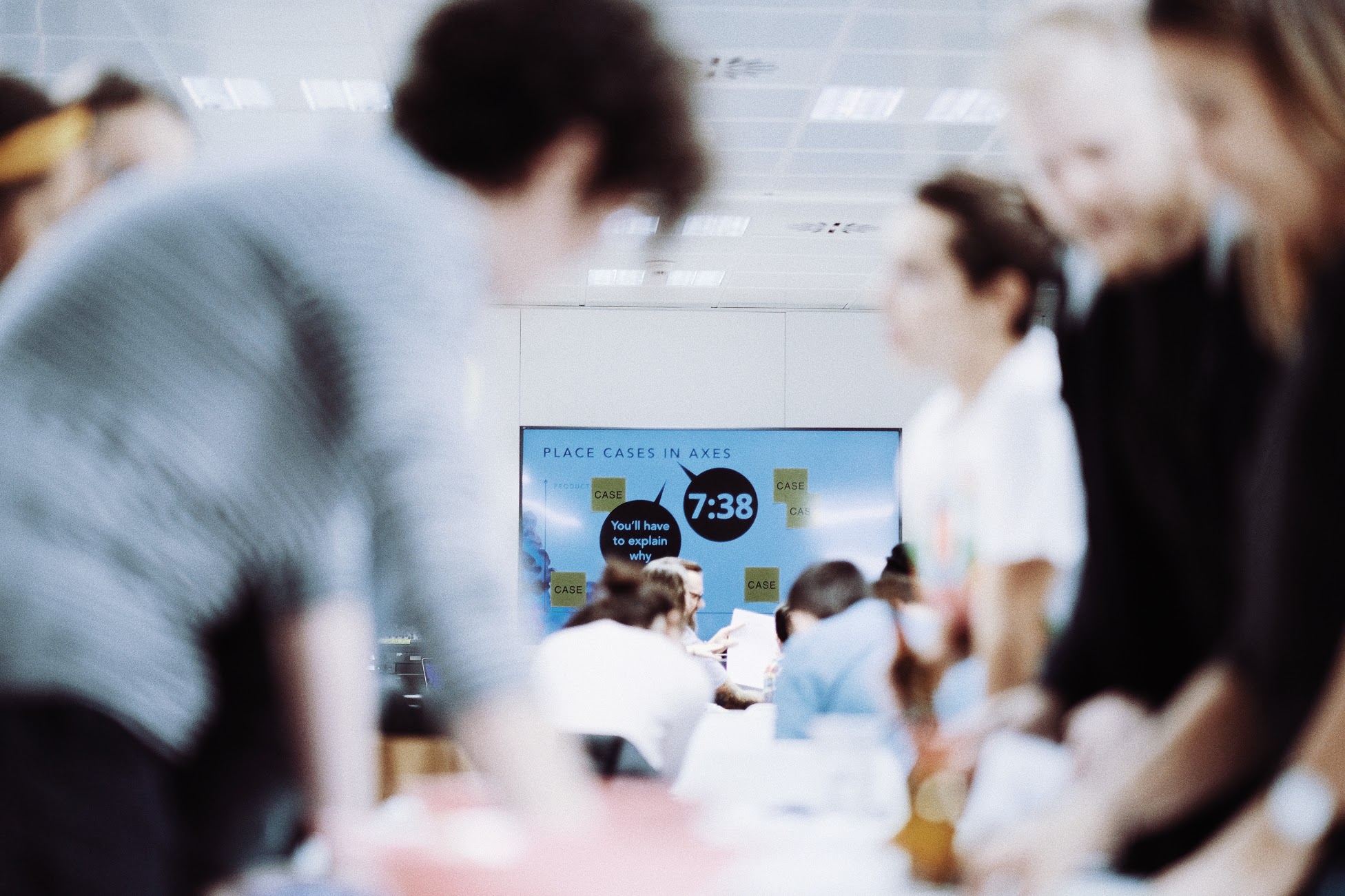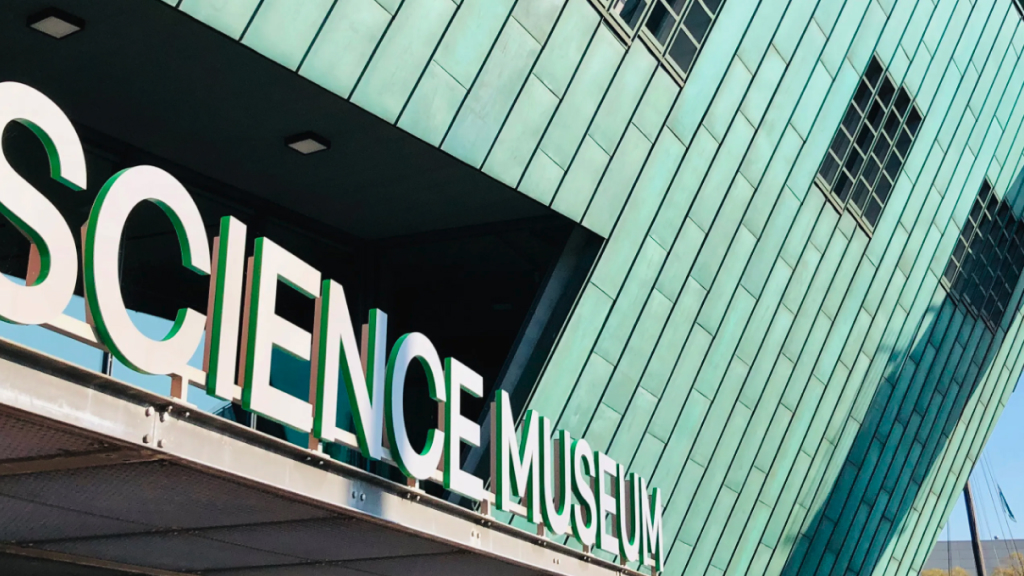Leadership
I have been leading and empowering teams since 2008, ranging from on-site and remote to hybrid work environments distributed across the globe. My approach is centered on building trust and resilience, ensuring that team members has the opportunity to thrive and drive collective success.
Philosophy
Design leadership is about more than just managing design teams — it’s about driving the vision, translating UX into business value, communicating ideas and insights, upwards and downwards stakeholder management and building an environment where people are empowered, have autonomy and accountability. Leaders create the conditions needed for people to shine bright – whether we lead from the front, aside or from the back.
Early in my career I got exposed to the PACE framework, which is based upon 4 principles: People driven, Agile, Collaborative and Entrepreneurial. These principles have been a big influence on how I operate today. They give me guidance and help me to lead by example – demonstrating the behaviours, attitudes, and ethics I expect from others through my own actions.

People Driven
- Demonstrate trust, respect and transparency.
- Always encourage and help people to develop and learn.
- Express deep passion and energise people & teams.

Agile
- Cultivate speed and flexibility
- Make fact-based decisions. Slow down to speed up if needed
- Execute and follow through with results

Collaborative
- Impact own areas - and beyond
- Obtain deep domain expertise and broadcast it freely
- Embrace differences, spark debate and unite teams

Entrepreneurial
- Put the user in the centre of absolutely everything
- Spot and chase new opportunities
- Foster rapid innovation: Try fail, modify and scale
Design as a strategic driver
Effective UX and product strategy starts with clarity — a shared understanding of the problem we’re solving and why it matters. My role is to bring that clarity to teams and stakeholders, align diverse perspectives, and create the conditions where great ideas can emerge.
I believe strategy lives in the intersection of user needs, business goals, and technology. By connecting these dots, design becomes not just a craft, but a driver of direction and impact. My focus is on helping teams translate insights into actionable strategies that inform product vision, shape roadmaps, and inspire innovation.
Collaboration and alignment are at the heart of my approach. I work to ensure design has a strong voice at the decision-making table — facilitating open dialogue between design, product, and engineering so that choices are intentional, not accidental.
Ultimately, my goal is to empower teams to think strategically, act with purpose, and stay close to the people we design for. When designers understand the why behind the work, they not only craft better experiences — they help build better products and stronger organisations.
Creating the right environment
How do we create an environment where people can do their best work — where individuals grow, and teams succeed together?
For me, it starts with inclusion and psychological safety. When people feel valued and free to share ideas without fear of judgment, creativity and collaboration thrive. These environments encourage experimentation, ownership, and learning from mistakes — the core ingredients of innovation.
My goal is to build and nurture a culture of open dialogue, honest feedback, and trust. When feedback flows freely, teams adapt faster, collaborate better, and continuously learn.
Supporting each person’s growth is key. By setting clear personal and professional goals that align with the team’s vision, development becomes part of everyday work — not something that gets pushed aside.



